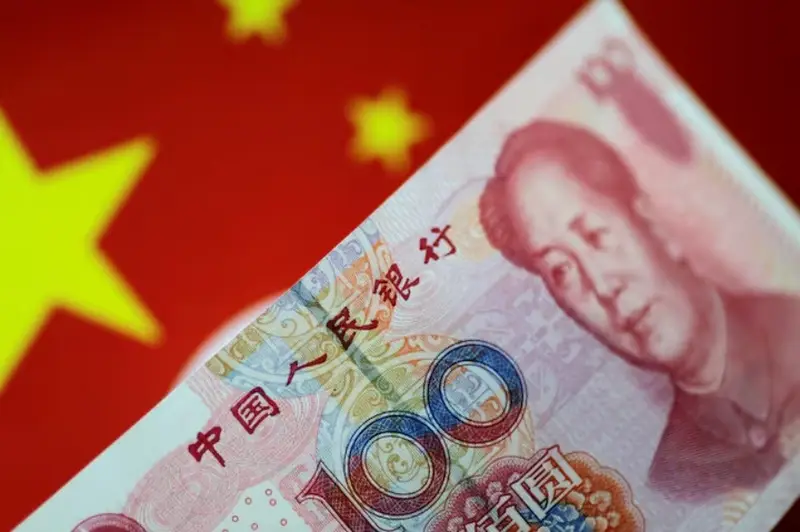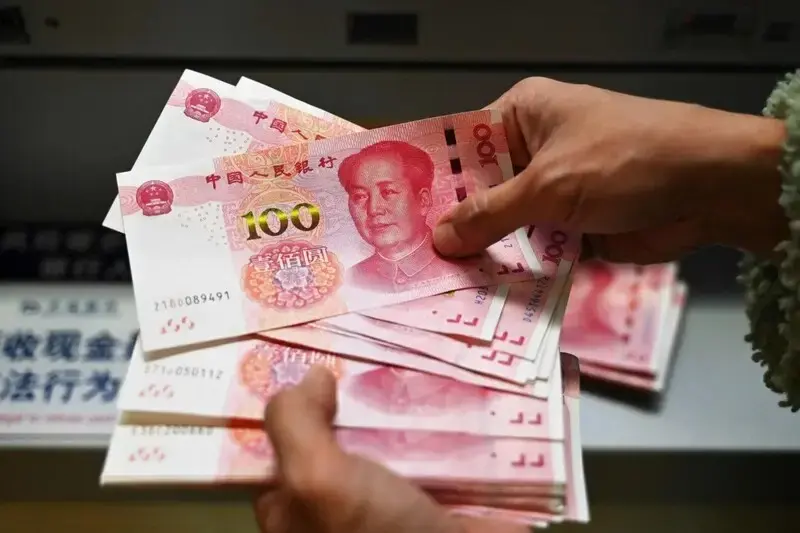The Chinese Yuan is slowly revamping its pace, bolstering efforts to gradually dominate the world markets. The yuan has now slowly crept into the commodities market, trying to establish its dominance in one of the leading market domains. Can this development spur an active de-dollarization narrative? How is Yuan entering the commodities domain? Let’s find out.
Also Read: De-Dollarization Won’t Stop Even After US-China Trade Deal
RMB Enters the Commodities Market

In a brand new market development, BHP Billiton, a leading multinational mining and metals company, has agreed to pay 30% of iron ore spot trades to Chinese buyers in Chinese Yuan. This development challenges the long-standing tradition of active payments being made in the US dollar, emphasizing the growing influence of the yuan in global markets.
“With BHP shipping approximately 295 million metric tons of iron ore to China in 2024 alone. The scale of this currency transition is substantial. The 30% RMB settlement represents roughly 88.5 million tonnes or approximately $8-10 billion USD equivalent in annual trade value.” As mentioned by Discovery Alert
This agreement is set to come into action from Q4 2025, in a move that certainly outlines China’s visible expansion towards global market trends and practices.
Is This Deal An Active Element Of De-Dollarization?
According to a recent de-dollarization report by Oilprice, many analysts have speculated whether this deal is part of a bigger de-dollarization strategy. China has long wanted to internationalize the yuan and has always been on the lookout to find perfect use cases to bolster its own currency.
In addition to this, China’s long-standing CIPS network continues to gain steady momentum, gradually enhancing its status and global reputation.
“The exponential growth of CIPS, China’s alternative to the US-controlled SWIFT financial system. The value of CIPS transactions is ¥160 trillion a year now! Furthermore, the rise of the yuan/RMB in global trade is not only about dedollarization but also de-Americanization. The US dollar cannot be easily weaponized to bully and punish other countries in the future.” As stated by expert SL Kanthan.
Also Read: BRICS Capitals Sign Moscow Pact, Mark New Phase of De-Dollarization






